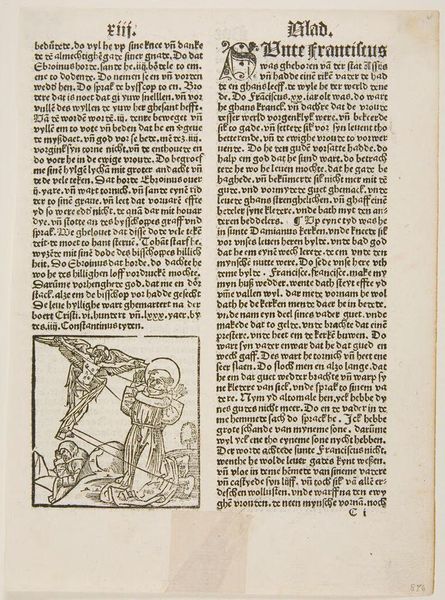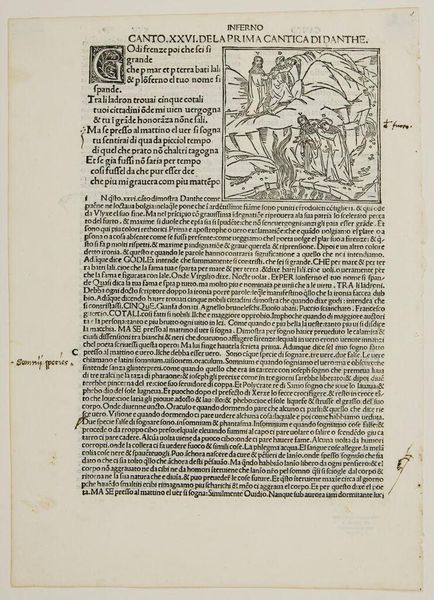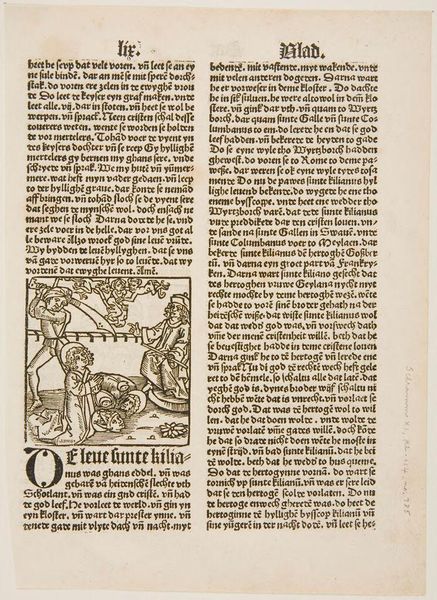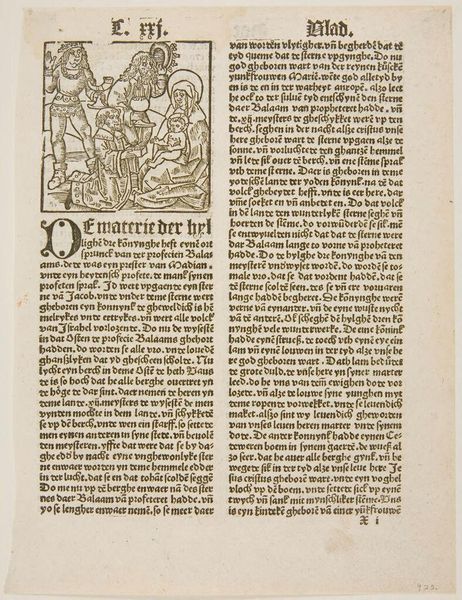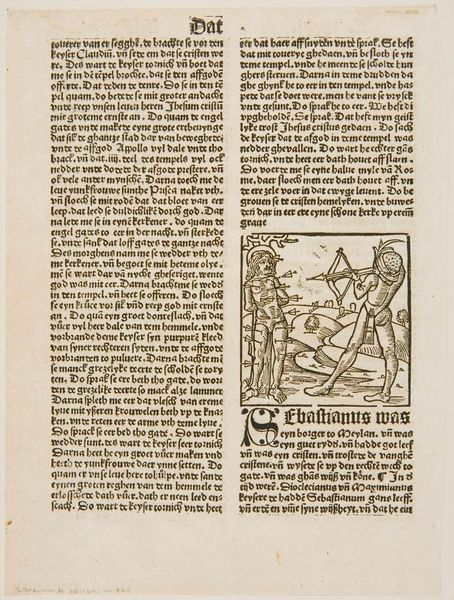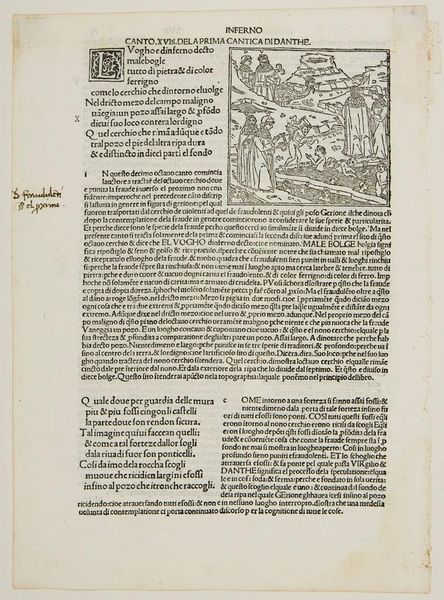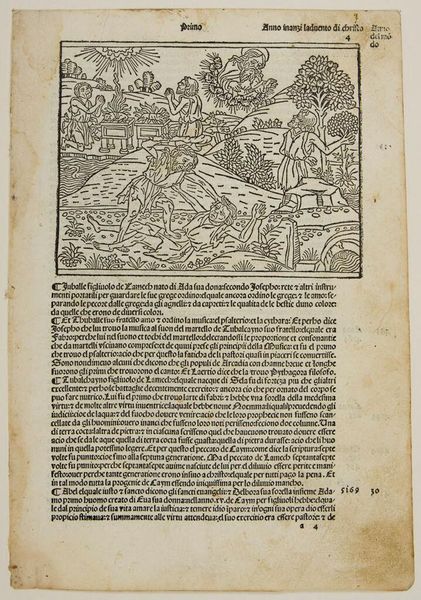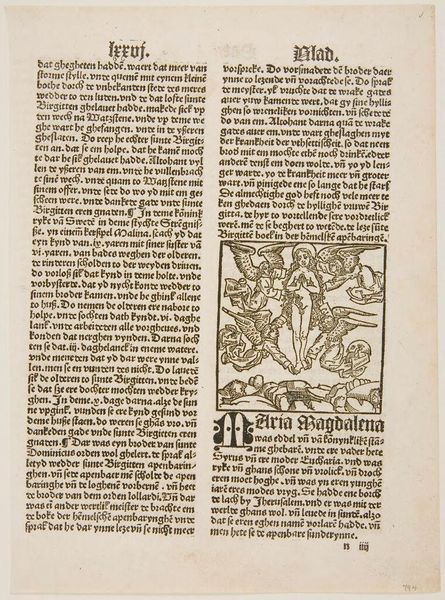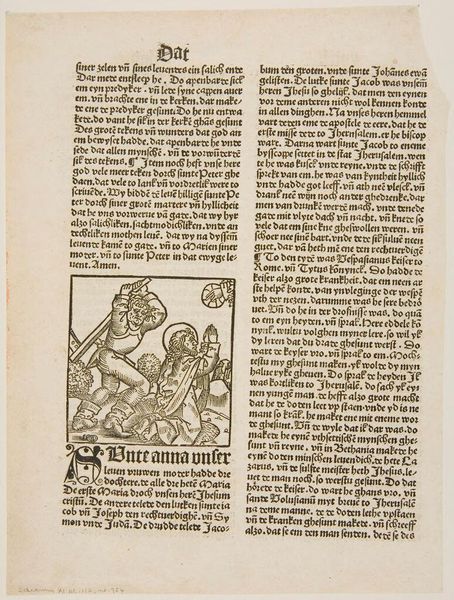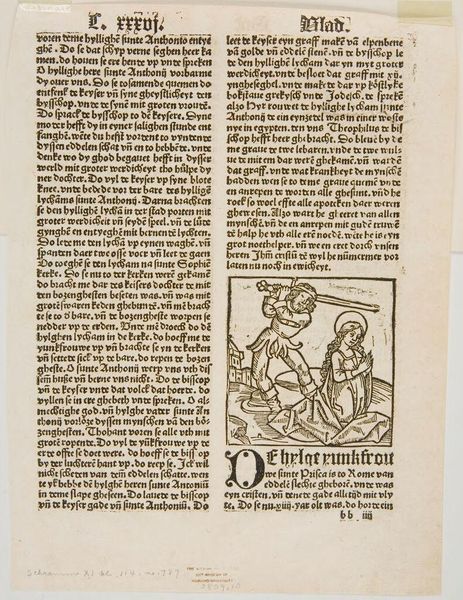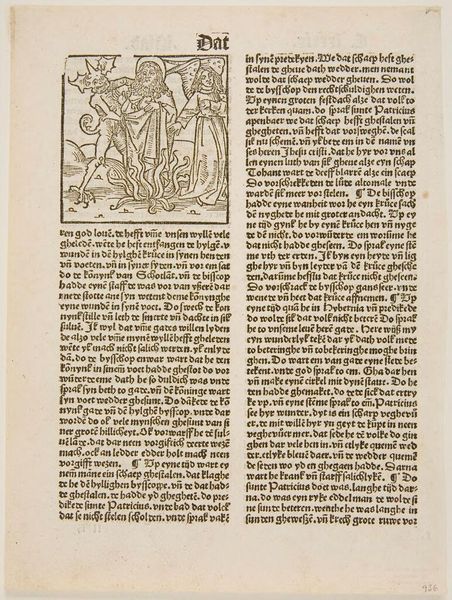
Copyright: CC0 1.0
Curator: This woodcut, titled "Saint Eustace," comes to us anonymously. Its creation date is unknown, and it resides here at the Harvard Art Museums. Editor: The texture alone grabs me—all those tiny lines. It feels like a dense, almost chaotic landscape, yet the central figure is so still. Curator: Woodcuts were instrumental in disseminating stories of saints. Saint Eustace, originally a Roman general named Placidus, is often depicted in scenes of conversion, such as this one. Editor: Is that a stag he's encountering? The cross between its antlers suggests a divine revelation... a moment of profound change. Curator: Precisely. The stag is a symbol of his conversion to Christianity, a pivotal moment where he is called to a new spiritual path. Editor: I'm struck by how the artist renders the water. It's almost alive, teeming with hidden meanings. Is the water also symbolic? Curator: Water can represent purification, baptism, and the flowing nature of faith. It contrasts sharply with the solid earth and the divine stag. Editor: The sheer density of symbols must have spoken volumes to viewers of the time, each detail reinforcing a deeper understanding of faith. Curator: Absolutely, it provides a glimpse into the religious and cultural landscape of the period. Editor: A visual sermon. I find the intensity of symbolism compelling, even today.
Comments
No comments
Be the first to comment and join the conversation on the ultimate creative platform.

